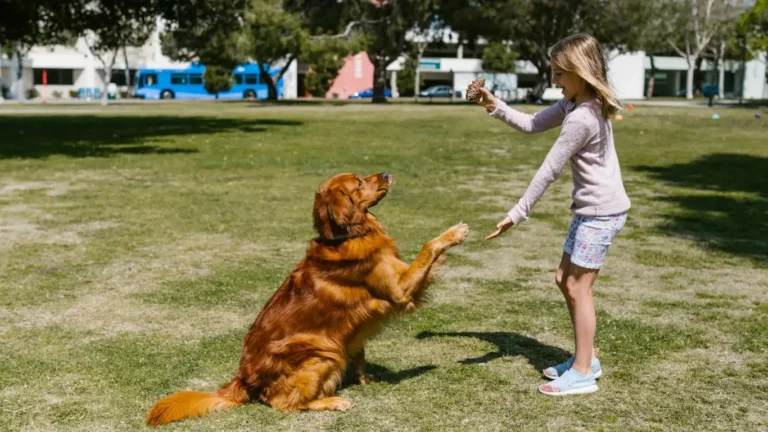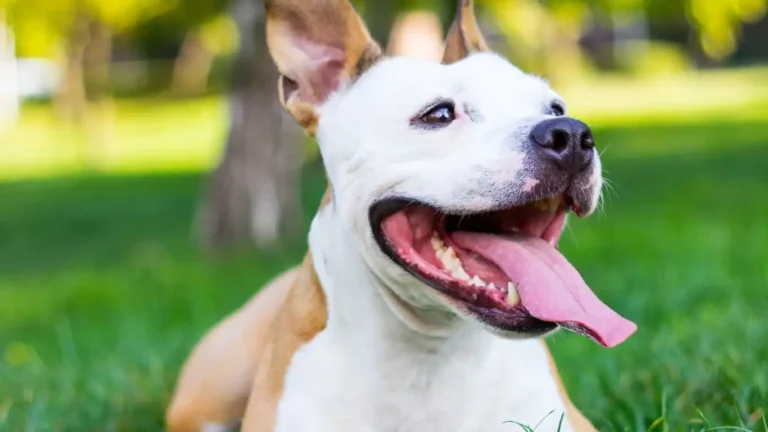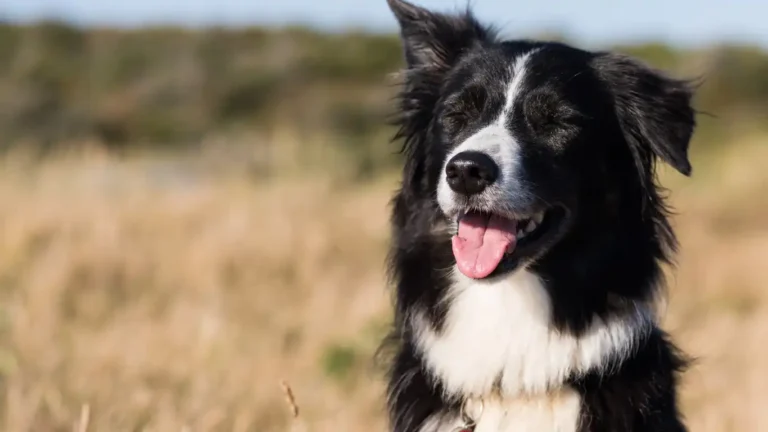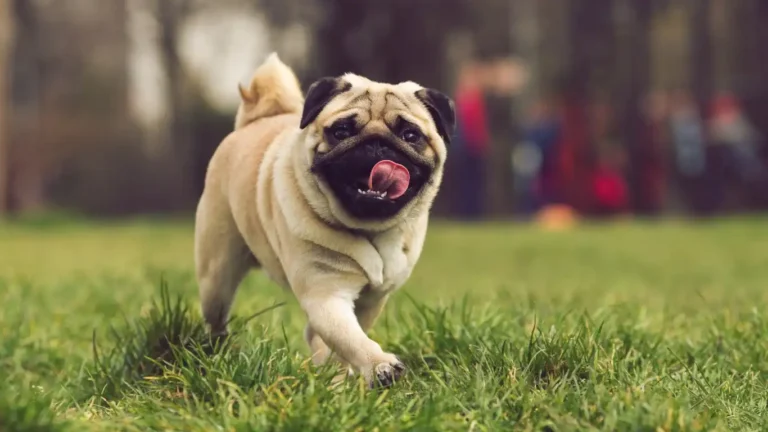Why Training Your Dog to Ignore Distractions Changes Everything
If you’re wondering how to train your dog to ignore distractions, you are definitely not alone. I get this question a lot—especially from folks dealing with overly enthusiastic pups at the park, or dogs who lose their minds when a squirrel so much as twitches nearby. As a Veterinary Technician specializing in Nutrition, I’ve seen firsthand how overlooked behavioral training can impact a dog’s overall wellness. Honestly, it’s not just about obedience—it’s about helping your dog feel calm, safe, and confident, even when the world around them is buzzing with excitement.
Why Your Dog Gets Distracted (And Why That’s Totally Normal)
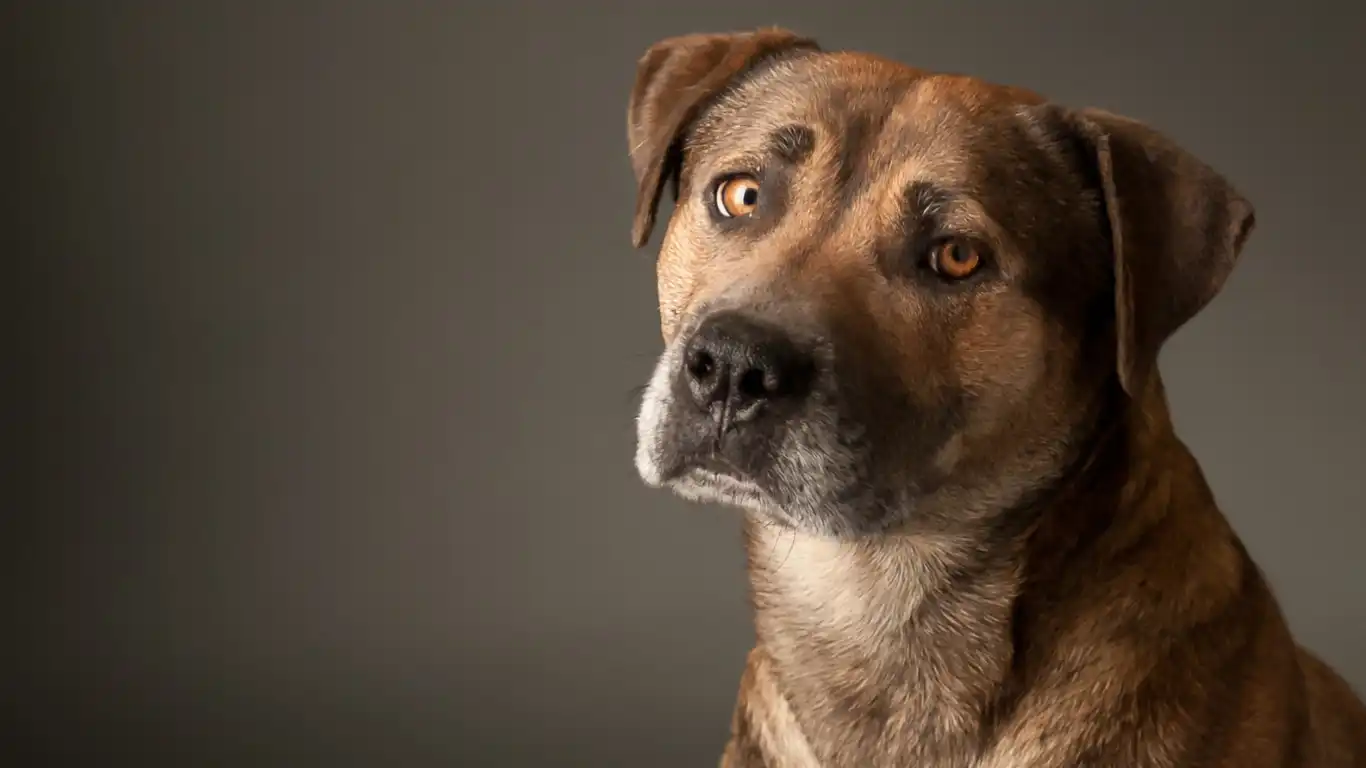
First, let’s cut our pups some slack. Dogs are wired to be curious. From that crinkly leaf on the sidewalk to the neighbor’s cat sauntering by like she owns the block, your dog’s senses are constantly being triggered. Their ears, noses, and eyes pick up way more than ours do—and that sensory overload can make focus really tough.
I remember working with a young Golden Retriever named Buddy—sweet as sugar, but completely incapable of sitting still during his vet visits. We eventually realized he wasn’t being stubborn or disobedient; he was just overstimulated. Once we took the time to desensitize him to high-energy environments, he improved so much. That’s why understanding *why* your dog is distracted is step one before you even start training.
The Foundations of Focus: Before You Train, Do This

1. Know Your Dog’s Triggers
Every dog has something that makes them tick—or, let’s be real, lose their mind. For some, it’s other dogs. For others, it’s moving vehicles, kids, bikes, or loud noises. Take a week or two and really observe. What sends your dog into a frenzy? Keep a little journal if that helps. You’ll want to use this info to gradually increase their exposure without overwhelming them.
2. Meet Their Basic Needs First
Okay, this part gets overlooked way too often. A hungry, under-exercised, or overstimulated dog simply can’t focus. Nutrition, in particular, plays a much bigger role than most people realize. I’ve worked with dogs who showed dramatic improvement in attention span and behavior just from switching to a more balanced diet. Not all commercial kibbles cut it—watch for excess sugar and low-quality fillers that spike energy and crash focus.
3. Start in Low-Stimulation Environments
If you want your dog to focus in a chaotic park, you’ve got to start in your living room. Build attention skills in a quiet space before adding complexity. Think of it like teaching a child to read—you wouldn’t throw them into a noisy library and expect them to focus on phonics.
How to Train Your Dog to Ignore Distractions: Let’s Dive In

1. Use High-Value Treats (Not Just Kibble)
If you’re trying to get your dog’s attention with the same dry biscuit they get every day… good luck. When distractions are high, your rewards need to be irresistible. We’re talking freeze-dried liver, bits of boiled chicken, or even a dab of peanut butter (xylitol-free, of course!). I’ve seen even the most distractible dogs laser-focus when the treats are worth it.
2. Mark and Reward Eye Contact
This one’s a game changer. Every time your dog glances at you, especially when something distracting is around, mark it with a word like “yes!” and treat immediately. You’re basically saying, “Hey! I see you choosing me over that squirrel. Nice job!” Over time, your dog learns that looking at you is more rewarding than checking out that cyclist zooming by.
3. Practice the “Watch Me” Cue
This is one of my go-to tools. Start by holding a treat between your eyes and saying “watch me.” The second your dog looks at your face, mark and treat. Practice this daily, increasing the duration and introducing mild distractions slowly. It might seem simple, but it builds strong communication—and that’s the foundation for every other skill.
- Pro Tip: Keep sessions short and upbeat—around 5 minutes is perfect for beginners.
- Consistency is key: Practice a little every day instead of one long session once a week.
- Keep your tone light and fun: Your dog is reading your vibe more than your words.
Building Distraction Resistance Through Gradual Exposure
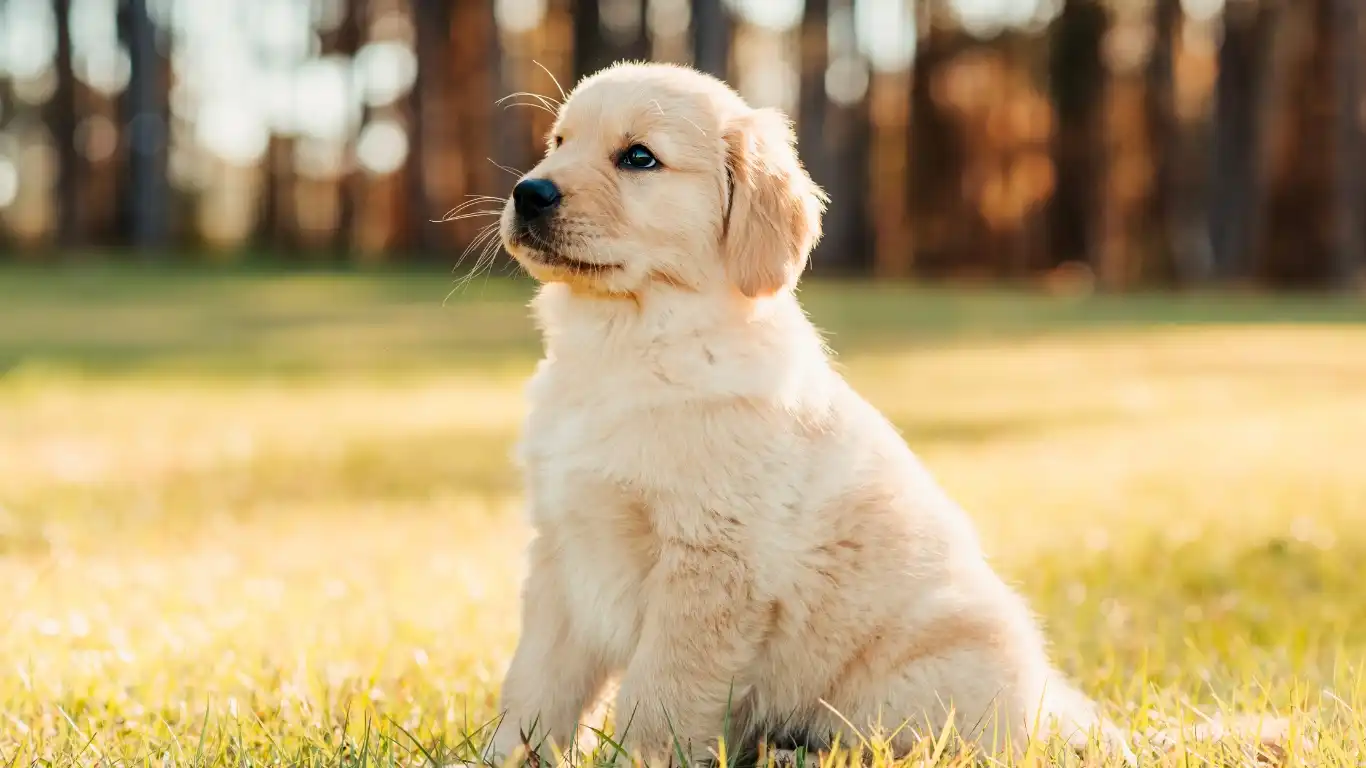
Once your dog has nailed the basics indoors, it’s time to crank things up a bit. But hold on—this isn’t about throwing them into sensory chaos and hoping they swim. This is all about *controlled exposure*. Trust me, I’ve seen so many people rush this step, and it usually leads to setbacks (or a very embarrassed pet parent at the dog park). The idea here is to slowly introduce distractions while keeping your dog in a learning mindset.
When I was training a reactive pup named Diesel (a sweet but super alert German Shepherd), we started in a quiet backyard. Once he was confidently holding eye contact and responding to cues, we moved closer to the sidewalk. Eventually, we made it to the park, but only after weeks of step-by-step progress. The key? Setting him up to win each time. That kind of progress doesn’t just build skills—it builds trust.
1. Use Distance to Your Advantage
If your dog gets overstimulated easily, don’t go charging toward the chaos. Start with distractions at a distance. See another dog 50 feet away? Perfect—use that as a teachable moment. Cue “watch me,” reward, and move along. Gradually decrease that distance as your dog builds confidence.
2. Level Up Distractions Slowly
Create a distraction hierarchy. Here’s a rough idea:
- Light movement (leaves, bikes from far away)
- People walking by
- Other calm dogs at a distance
- Kids playing, running, or squealing
- Other excitable dogs or high-energy zones like dog parks
Never jump to level 5 before mastering level 2. Seriously. Think of it like doggy bootcamp—you don’t drop recruits into live fire on day one, right?
How to Train Your Dog to Ignore Distractions in Real-World Scenarios
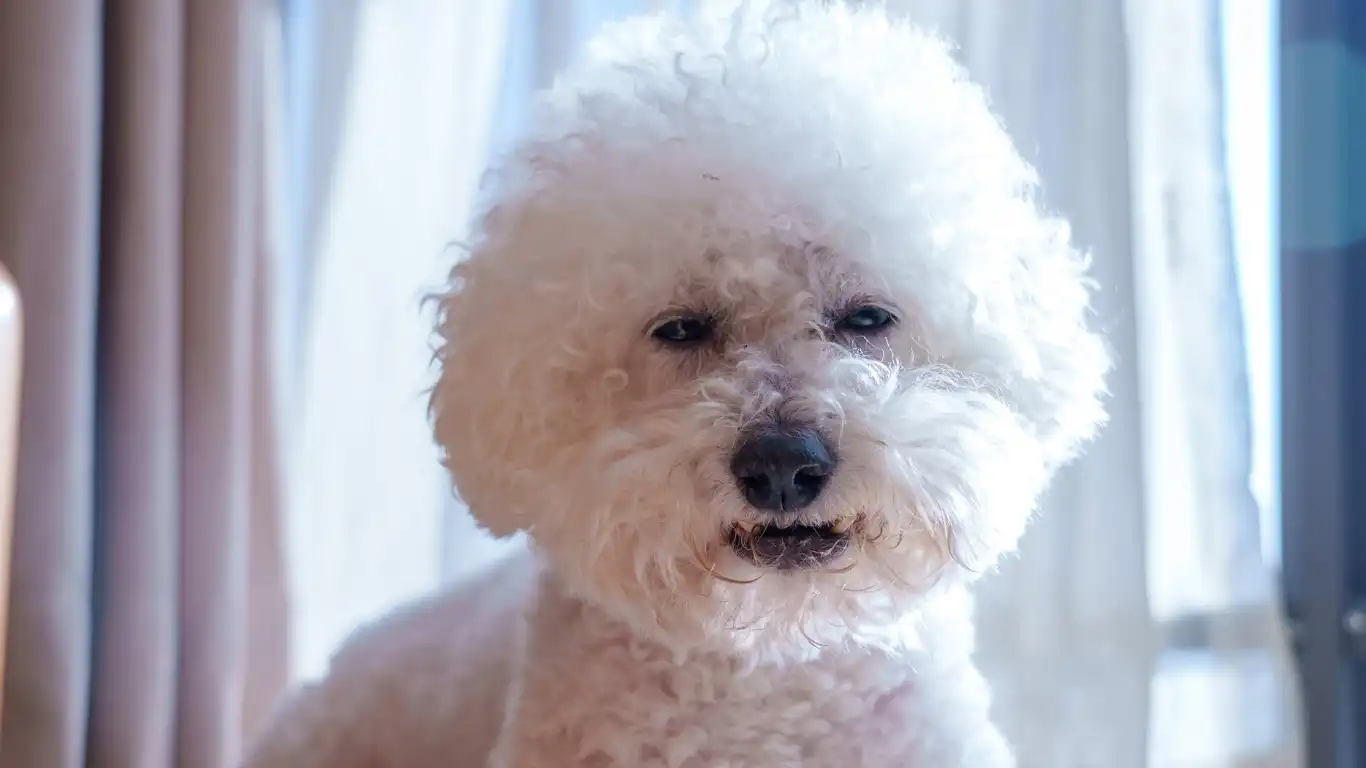
Now that your dog’s got some solid foundational skills, it’s time to test them where it matters most—real life. And honestly? This is where training becomes less about mechanics and more about communication between you and your pup. That’s the magic zone.
1. The Park Test
Pick a quiet corner of a park, far from the chaos. Ask for basic commands like sit, watch me, or stay. As your dog succeeds, inch closer to where the action is. Reward like crazy when they stay focused. Keep it short and end on a high note. And if they totally flop? No shame. Just take a few steps back—literally and figuratively—and try again later.
2. Patio Practice
Outdoor cafes or restaurant patios are goldmines for distraction training. People, food smells, noises—it’s all there. Bring a mat, some high-value treats, and let your dog “place” next to you while you sip your coffee. Even 10 minutes of chill time in that environment works wonders. I used to bring my own dog, Luna, to a local juice bar, and eventually she got so used to ignoring everything that she’d doze off while people rollerbladed past us.
3. Neighborhood Walk Challenges
On your regular walks, change things up. Toss in a “watch me” or “sit” whenever you pass something mildly distracting. Gradually escalate to asking for longer focus as the environment gets busier. Keep sessions short and your energy positive—your dog mirrors your vibe more than you think.
- Bring treats on every walk: Reinforce desired behavior when it happens naturally.
- Reward the calm, not just the cue: If your dog stays chill when a skateboard zips past? Jackpot moment.
- Be patient: Some dogs are slow processors, and that’s totally okay.
Common Mistakes People Make (And How to Avoid Them)

1. Overloading Too Fast
This is the big one. If you’re thinking, “He knows this at home—why is he losing it outside?”… yep, that’s environmental overload. Just because your dog knows a command in one place doesn’t mean it’ll stick everywhere. That’s called *generalization*, and it takes time.
2. Inconsistent Reinforcement
Training isn’t just for weekends or when the mood strikes. The most successful clients I’ve worked with made training part of everyday life. A quick “watch me” before dinner. A sit-stay while you tie your shoes. Little moments add up.
3. Getting Frustrated
Dogs can sense tension like radar. If you’re getting annoyed, it’s okay to take a break. Celebrate small wins instead of demanding perfection. Remember, it’s about progress, not performance.
With the right mix of patience, consistency, and a little humor (because let’s be real, dogs are goofballs), even the most distractible pup can learn to stay focused in wild environments. And trust me, that moment when your dog chooses you over a squirrel? Chef’s kiss.
Advanced Tips: Strengthening Focus Long-Term
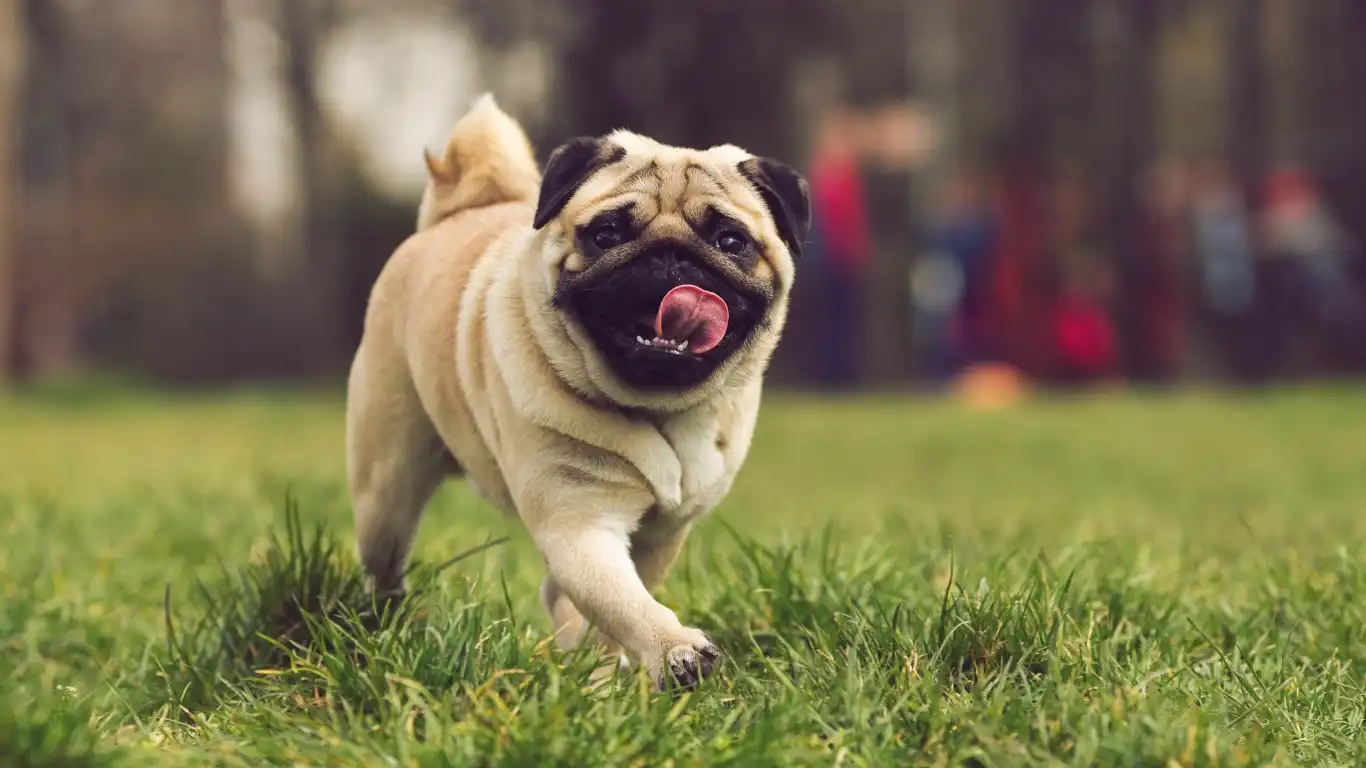
So now your dog is starting to nail the basics and maybe even holds focus at the park or while passing a noisy garbage truck (hey, that’s a big win!). But like with any skill—whether it’s nutrition plans or nail trimming—you’ve got to keep sharpening it over time. Even well-trained dogs can regress without regular practice. I’ve seen clients put in weeks of solid work, only to fall off track when routines change (new baby, vacation, job switch—you know how life goes).
The good news? You don’t have to train obsessively to keep your dog’s skills sharp. With just a few tweaks, you can weave training into daily life like second nature. Here are some ways I keep my own dogs mentally sharp and focused, even when life gets chaotic.
1. “Real Life” Training Moments
Ask for a “watch me” before giving meals, a sit before going outside, or a down-stay while you fold laundry. These little interactions reinforce focus without setting aside a full training session. It also reinforces that listening to you pays off—always.
2. Use Play as a Reward
Food is great, but some dogs live for their ball or a game of tug. If your dog responds better to toys than treats, use that! I had a Border Collie patient once who couldn’t care less about snacks, but would light up the second you pulled out a squeaky tennis ball. Find what drives your dog and use that as the currency.
3. Rotate Distractions to Prevent Boredom
Dogs are smart. If you always train at the same park, they’ll get used to it and stop treating it as a challenge. Switch things up—new walking routes, different times of day, maybe even train in a pet-friendly store. The more variety, the better your dog will generalize their focus skills.
How to Train Your Dog to Ignore Distractions with a Team Approach
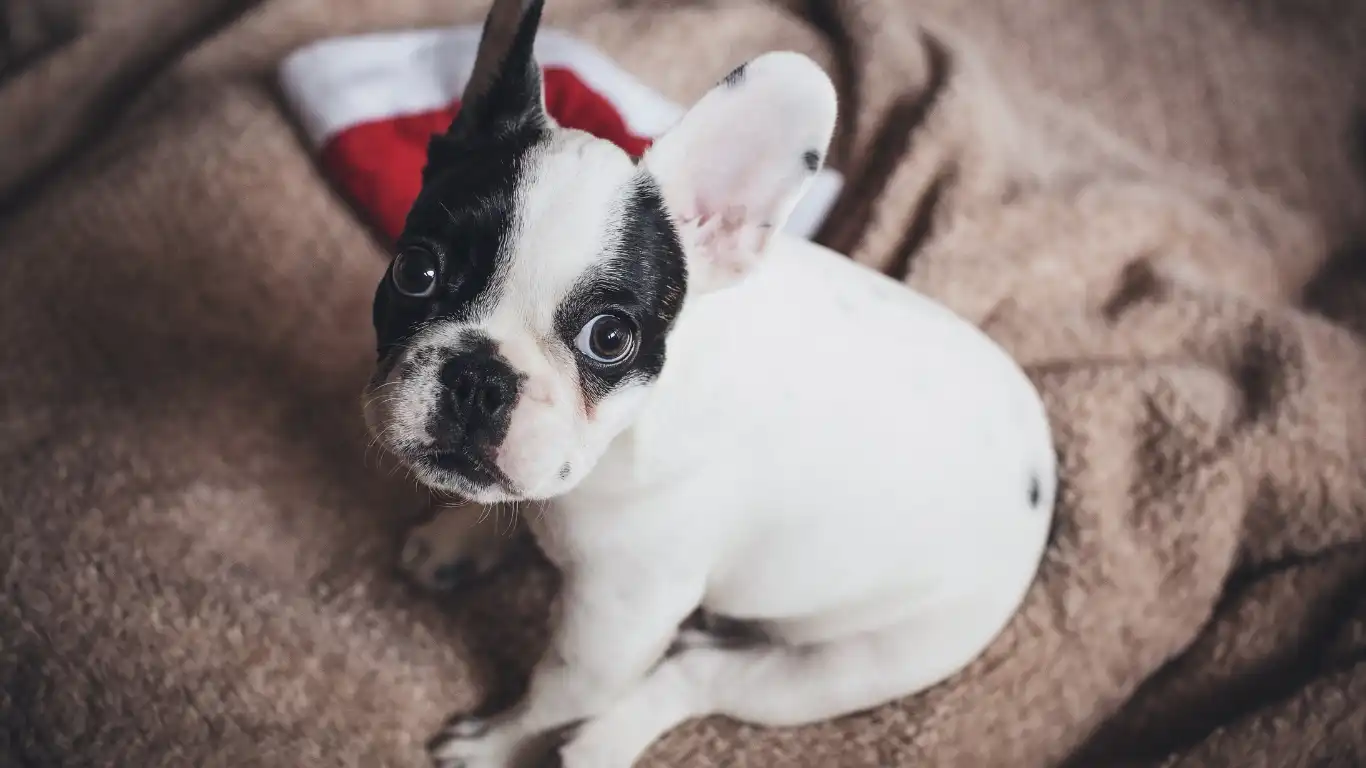
As a Vet Tech specializing in nutrition, I often work alongside trainers and behaviorists. Trust me, it makes a big difference when your dog’s care is a team effort. Behavioral issues are rarely just “bad behavior”—they’re often linked to physical health, environment, stress, or diet. That’s why I always tell pet parents: don’t be afraid to ask for help.
1. Work With a Certified Trainer
Look for someone certified through reputable organizations like the CCPDT or APDT. A professional trainer can help you identify blind spots in your approach and customize a plan that fits your dog’s personality.
2. Reassess Diet and Health Regularly
Behavior is influenced by more than training. A dog that’s lacking key nutrients may struggle to focus or become hyperreactive. I’ve worked with dogs who calmed significantly once we adjusted their food—usually by eliminating low-quality fillers or switching to a diet with better protein sources. Work with your vet or a certified veterinary nutritionist to ensure your dog’s diet supports both body *and* brain.
3. Involve the Whole Household
Training can go sideways real fast if one person’s reinforcing behaviors you’re trying to correct. Make sure everyone’s on the same page—spouses, kids, roommates, even visiting family. I usually suggest keeping a simple command chart on the fridge so everyone uses the same cues and rewards.
References
- https://www.ccpdt.org/
- https://apdt.com/
- https://www.avma.org/
- https://www.petmd.com/
- https://www.aspca.org/
Disclaimer
This article is for informational purposes only and is not a substitute for professional veterinary or behavioral advice. Always consult with a licensed veterinarian or certified dog trainer before starting a new training or nutrition program for your pet. The experiences and examples shared are based on my own work as a Veterinary Technician and should not replace individualized care plans.

